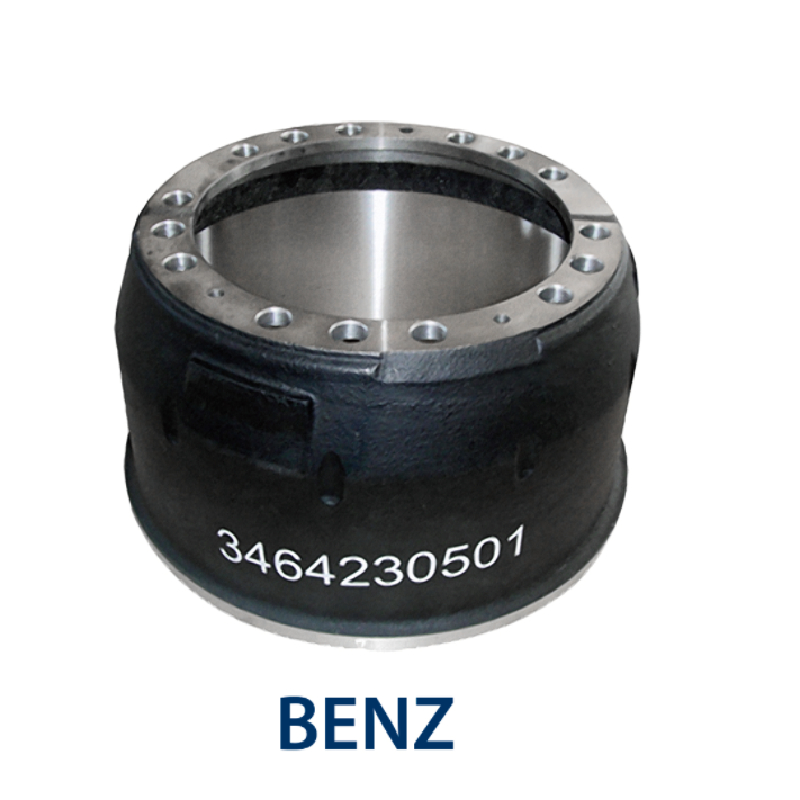Jan . 02, 2025 07:42 Back to list
isuzu truck rear brake drum removal
A Comprehensive Guide to Isuzu Truck Rear Brake Drum Removal
When it comes to maintaining your Isuzu truck, one crucial aspect is ensuring the braking system is in top-notch condition. This involves regular inspections and, when necessary, replacement of brake components such as the rear brake drums. Removing the brake drum might seem daunting, but with the right tools and techniques, it can be accomplished easily and safely. In this article, we will guide you step by step through the process of rear brake drum removal on an Isuzu truck.
Tools and Materials Needed
Before starting the removal process, gather all the necessary tools and materials
1. Safety gear Gloves and safety goggles. 2. Jack and jack stands To lift and secure the truck. 3. Lug wrench For removing wheel lug nuts. 4. Brake drum puller Essential for removing the brake drum. 5. Basic hand tools Such as wrenches and sockets. 6. Cleaning supplies Brake cleaner and rags for cleaning.
Preparation Steps
1. Safety First Ensure you park your Isuzu truck on a flat, stable surface. Engage the parking brake and place wheel chocks around the front wheels to prevent movement.
2. Lifting the Vehicle Use the jack to lift the rear of the truck. Once elevated, place jack stands under the frame to provide extra security. Make sure the vehicle is stable before proceeding.
3. Removing the Wheel Use your lug wrench to loosen and remove the lug nuts. Once the nuts are removed, take off the wheel to expose the brake drum.
Inspections Before Removal
Before removing the brake drum, it's wise to conduct a visual inspection. Look for any signs of excessive wear or damage to the drum, shoes, and other components. This will give you an idea of the condition of your braking system and if additional repairs may be necessary.
Removing the Brake Drum
isuzu truck rear brake drum removal

1. Inspect for Retaining Hardware Some Isuzu trucks may have retaining screws or clips holding the brake drum in place. Remove these components if present. This often involves using a screwdriver or socket.
2. Loosen the Brake Shoes Depending on the condition of the brake shoes, you may need to adjust the star wheel adjuster to create clearance between the shoes and the drum. This is usually located at the bottom of the brake assembly. Turn the adjuster until you feel enough space to slide the drum off.
3. Use a Brake Drum Puller If the drum is still stuck, it’s time to use a brake drum puller. Attach the puller to the holes on the face of the brake drum, ensuring it is secure. Turn the center screw of the puller gradually, applying even pressure. The drum should begin to move away from the hub. Be patient and do not force it; excessive force can cause damage.
4. Removing the Drum Once the drum is free, carefully slide it off the hub. Check for any debris or rust that may have built up, as this can affect the operation of your brakes.
Post-Removal Actions
Once you have successfully removed the brake drum, take a moment to inspect it and the entire brake assembly for any signs of wear. Clean the area with brake cleaner to remove dust and debris. If you notice significant wear on the brake shoes or drum, it may be wise to replace these components before reassembly.
Reassembly
When you are ready to reassemble, follow the removal steps in reverse. Ensure all components are properly secured and adjusted. Replace the wheel and lug nuts, and lower the vehicle using the jack.
Final Checks
Before taking your Isuzu truck for a test drive, double-check that all tools are removed from the area and that the brake system is functioning correctly. A short test drive should confirm that the brakes are working properly.
Conclusion
Removing the rear brake drum on your Isuzu truck is a manageable task that can greatly improve your vehicle's braking performance. With proper preparation, the right tools, and a methodical approach, you can ensure your braking system remains in peak condition. Regular maintenance not only prolongs the life of your vehicle but also ensures safety on the road. Always consult your vehicle’s manual or a professional mechanic if you are uncertain about any steps in the process. Happy wrenching!
-
Scania Brake Drums: OEM Quality for Optimal Safety & Durability
NewsAug.16,2025
-
R.V.I: Advanced Remote Visual Inspection for Precision
NewsAug.15,2025
-
Discover HYUNDA: Innovative Vehicles, Equipment & Solutions
NewsAug.14,2025
-
R.V.I: Unlock Advanced Insights & Real-time Performance
NewsAug.13,2025
-
Kamaz Brake Drum: Durable & Reliable for Heavy Duty Trucks
NewsAug.12,2025
-
Heavy Duty Iveco Brake Drum - Premium Quality & Safety
NewsAug.11,2025
